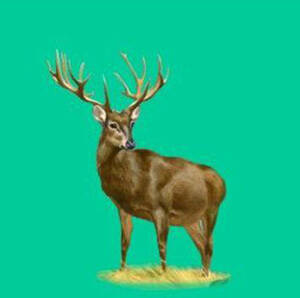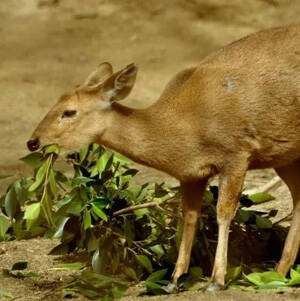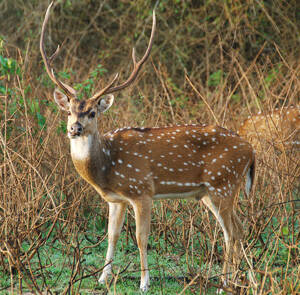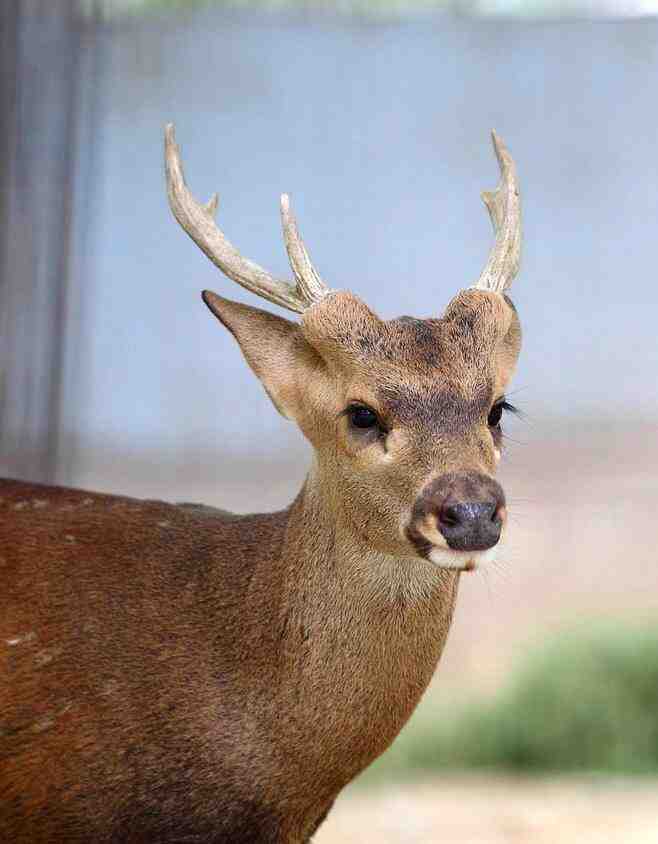
Barasinga (scientific name: Rucervus duvaucelii) is also known as Barasinga and Swamp Deer in foreign languages. It has three subspecies.Swamp deer are herbivores, feeding mainly on grass and aquatic plants, and also eating sugar cane, reeds and crops. The activity time is mainly concentrated in the...

Schomburgki (scientific name: Rucervus schomburgki) is a species of deer native to Thailand. It is the only species of red deer that does not migrate. This is because they live in the tropical rainforest in southwestern Thailand, where vegetation is lush all year round and they can get enough food w...

The Calamian Hog Deer (Axis calamianensis) is one of three species of deer native to the Philippines, the other two being the Philippine Brown Deer (Cervus mariannus, Rusa marianna) and the Philippine Water Deer (Cervus alfredi, Rusa alfredi). The word "豚" means piglet, and also refers to...

The Ba Island spotted deer (Axis kuhlii) is a deer endemic to the Indonesian island of Bawean. Its scientific name is in honor of the German zoologist Heinrich Kuhl.Until the 19th century, the number of Ba Island spotted deer was still relatively large. In the second half of the 20th century, as the...

The scientific name of the spotted deer, Cervus axis or Axis axis, is active all day long and feeds on tender shoots. Its natural enemies include wolves, Bengal tigers, and Asiatic lions. It will sound alarm calls when frightened. The spotted deer like to live in groups, usually consisting of adult...

Hog Deer, also known as Hog Deer in English, has 3 subspecies and is a medium-sized deer.Hog Deer like to move alone, occasionally 2-3 gather together, but never gather in large groups. However, they often gather in temporary small groups during the rutting season and in feeding areas, with each gro...